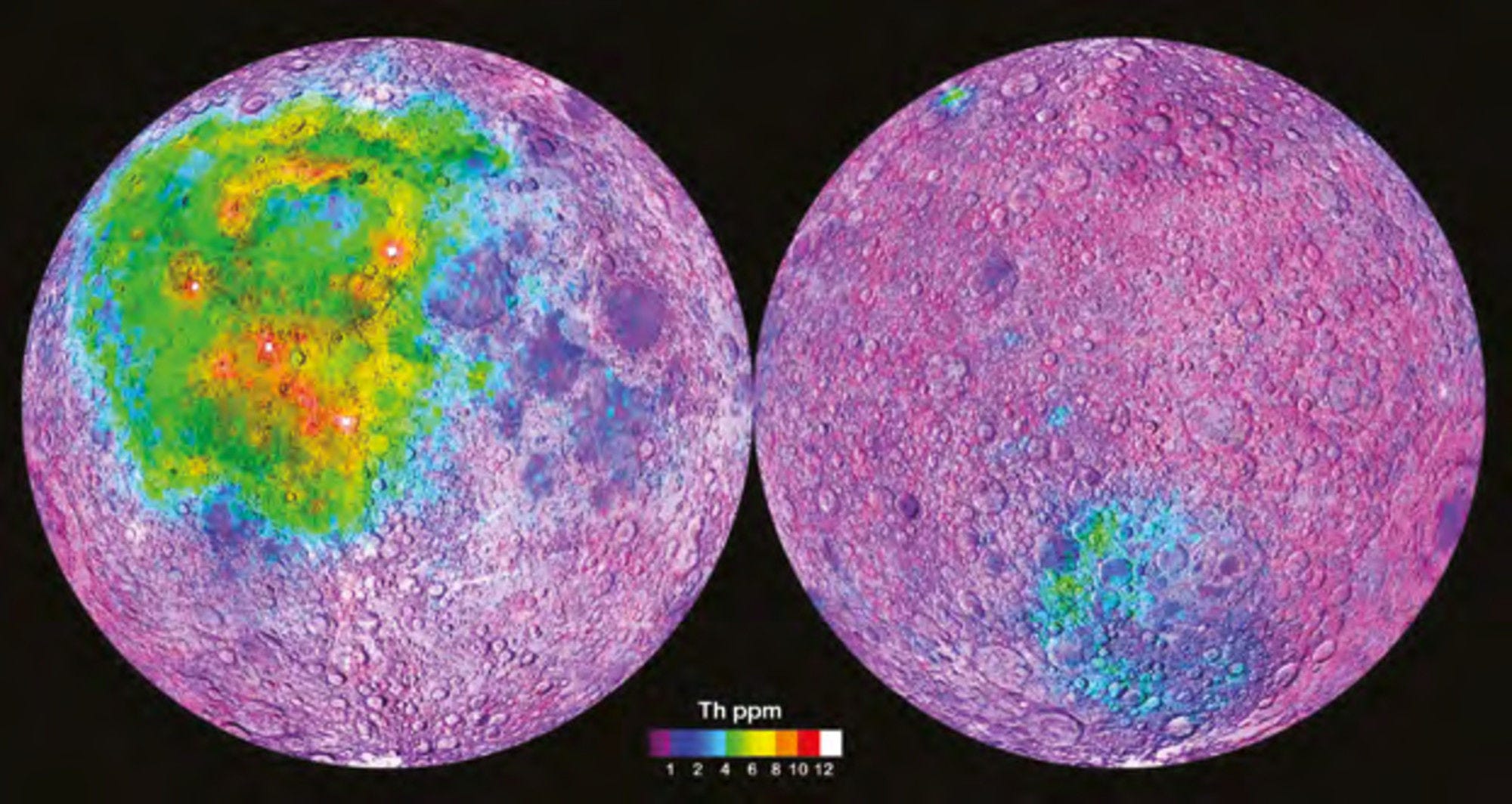Nuclear Energy Data is the Nuclear Energy Agency’s annual compilation of statistics and country reports documenting nuclear power status in NEA member countries and in the OECD area. Information provided by governments includes statistics on total electricity produced by all sources and by nuclear power, fuel cycle capacities and requirements, and projections to 2040, where available. Country reports summarise energy policies, updates of the status in nuclear energy programmes and fuel cycle developments.
In 2020, the COVID-19 pandemic has highlighted the importance of electricity security in modern societies. Although the long-term implications for electricity generation are difficult to assess, during the crisis nuclear power continued to support the security of supply and has been, together with renewables, one of the most resilient electricity sources. In 2019, nuclear power continued to supply significant amounts of low carbon baseload electricity, despite strong competition from low-cost fossil fuels and renewable energy sources. Governments committed to having nuclear power in the energy mix advanced plans for developing or increasing nuclear generating capacity, with the preparation of new build projects making progress in countries such as Finland, Hungary, Turkey, the United Kingdom and Russia. Further details on these and other developments are provided in the publication’s numerous tables, graphs and country reports.
This publication contains “StatLinks”. For each StatLink, the reader will find a URL which leads to the corresponding spreadsheet. These links work in the same way as an Internet link.















